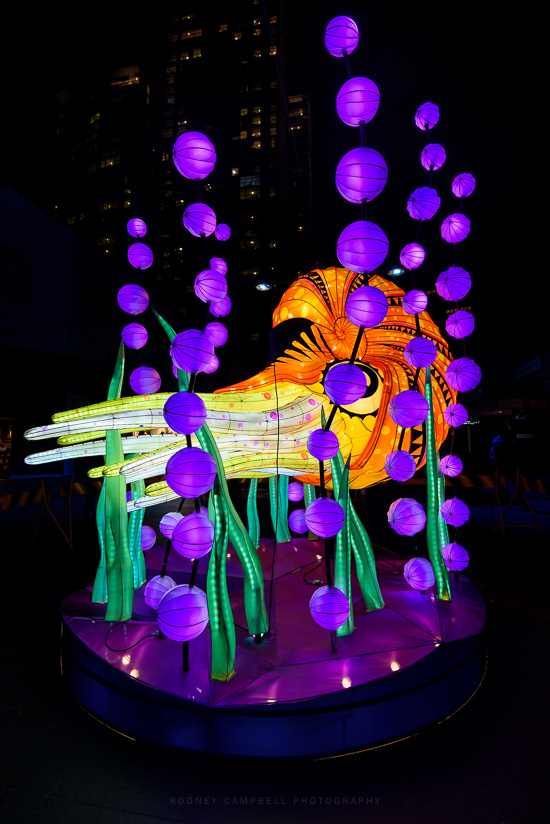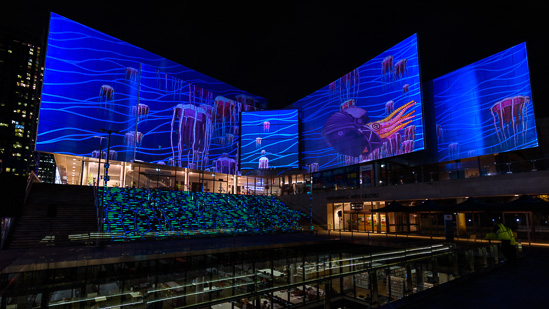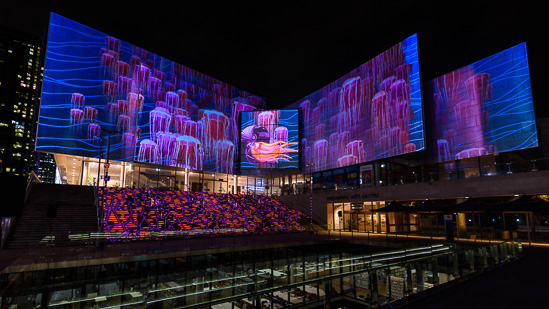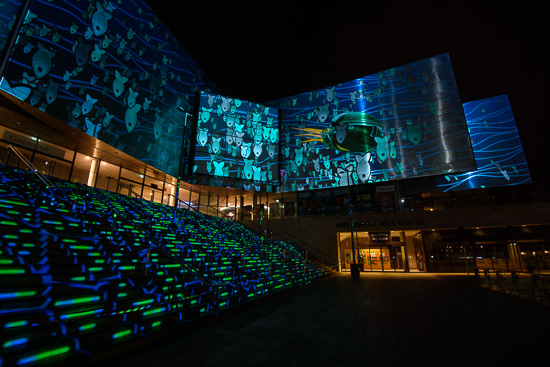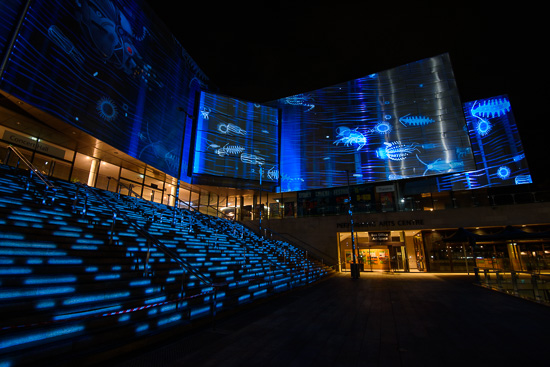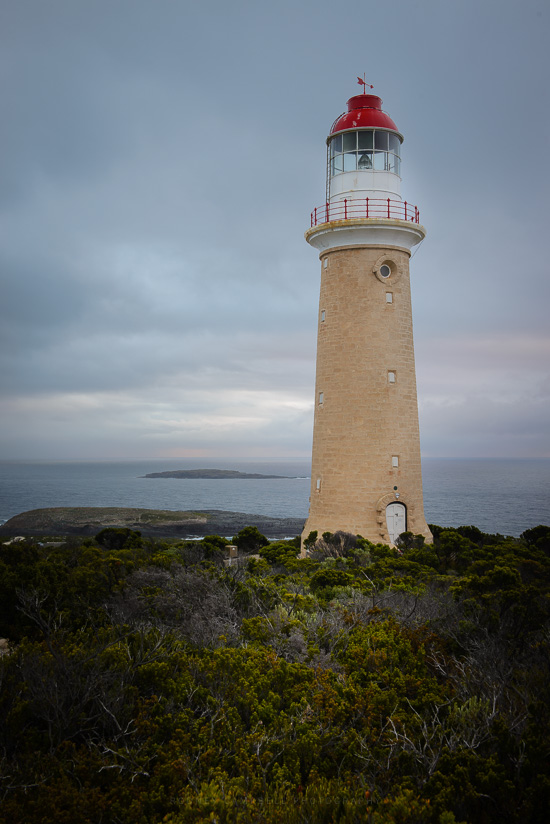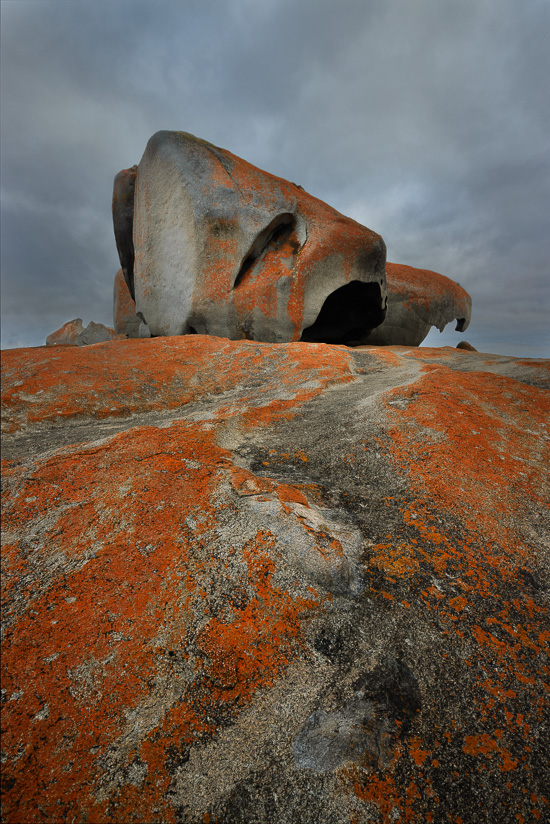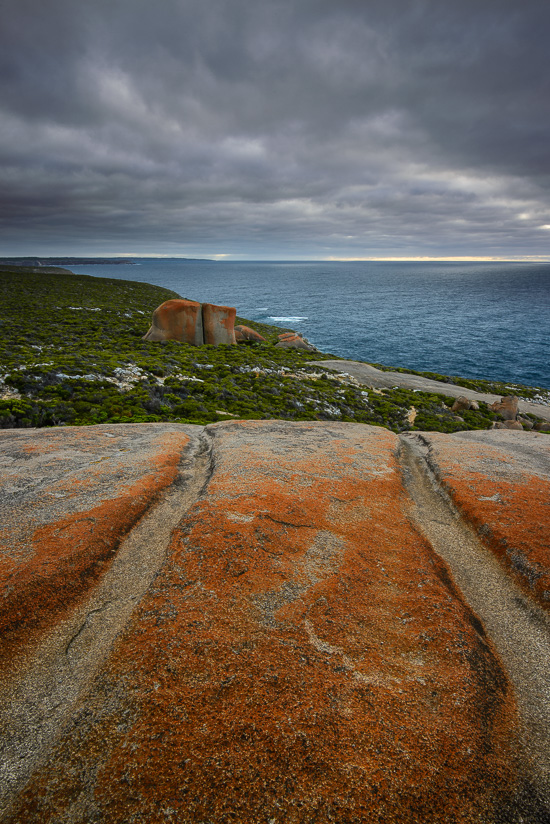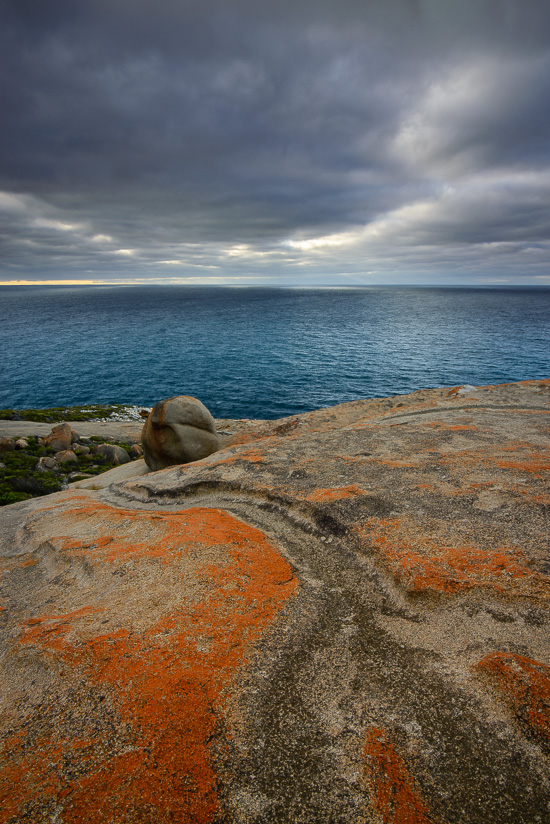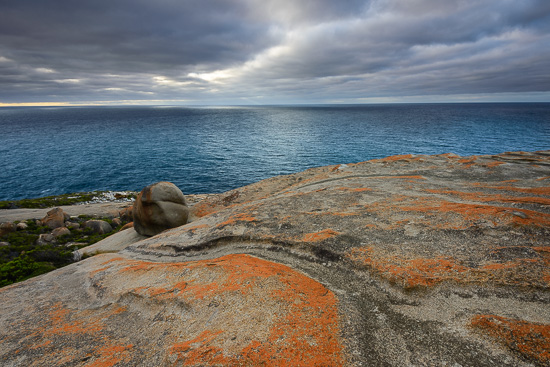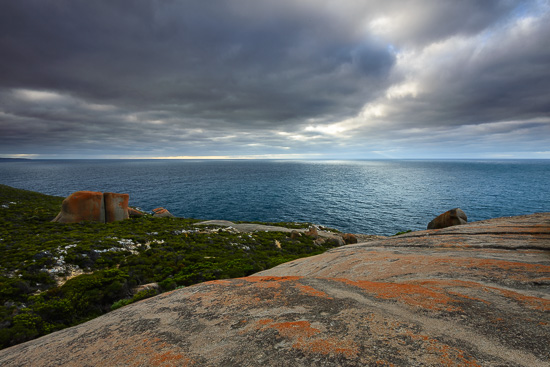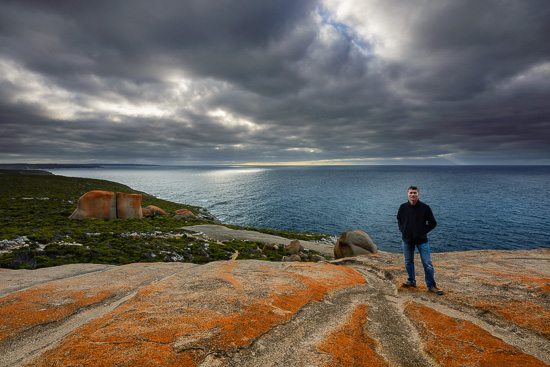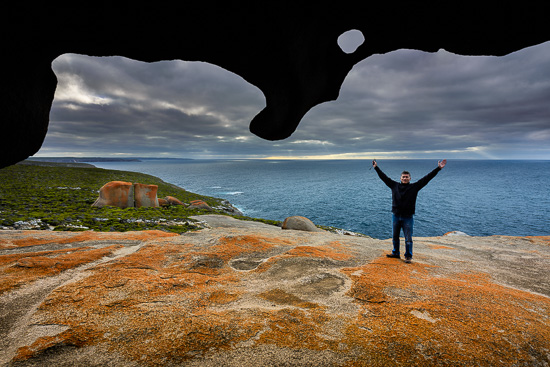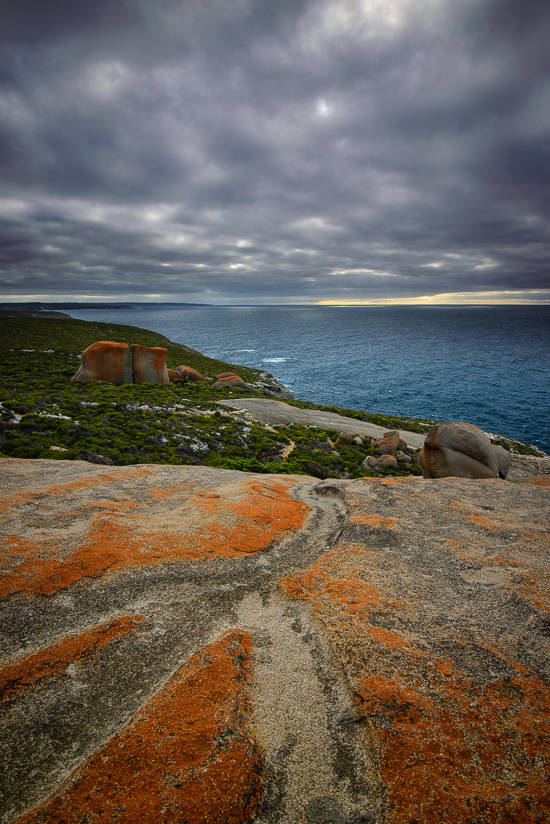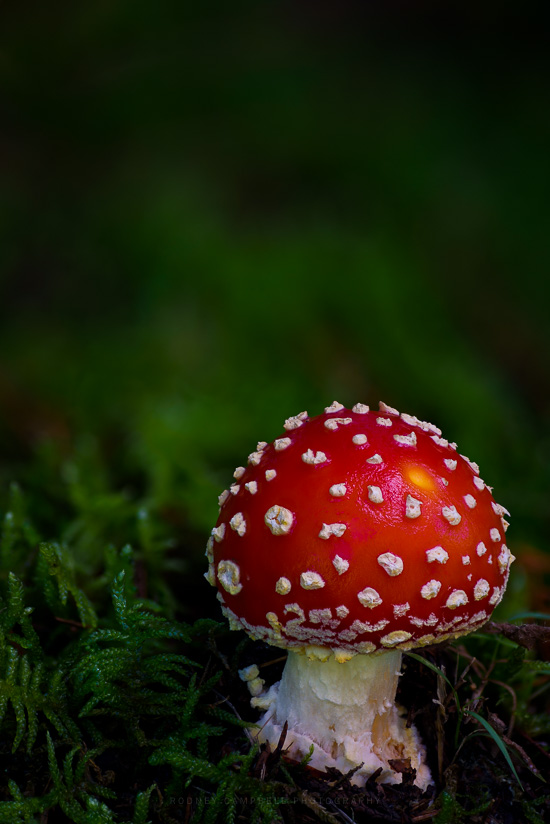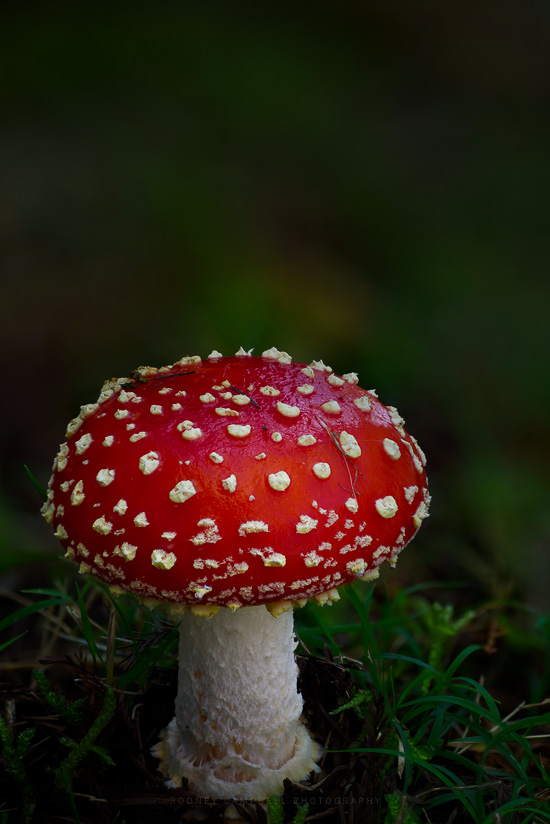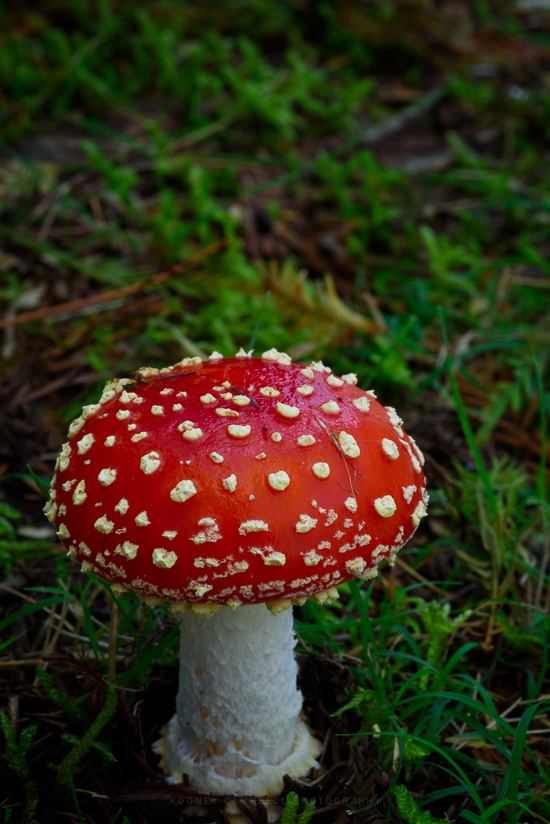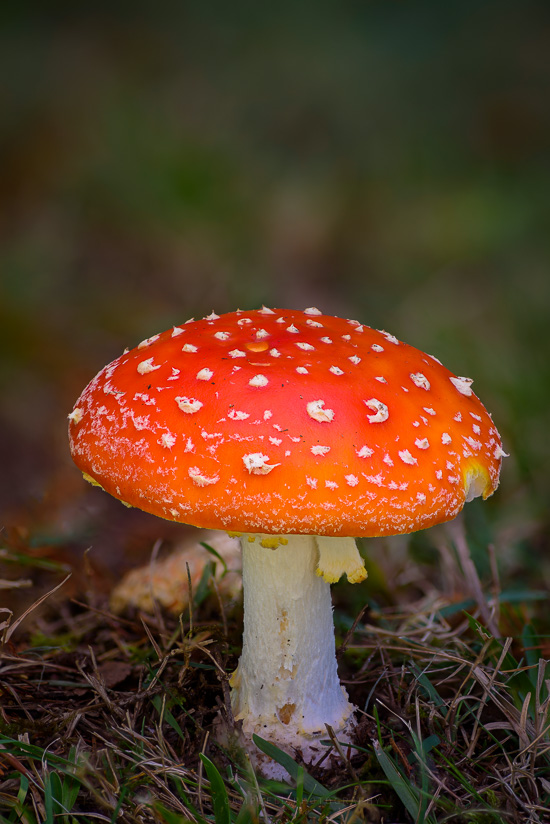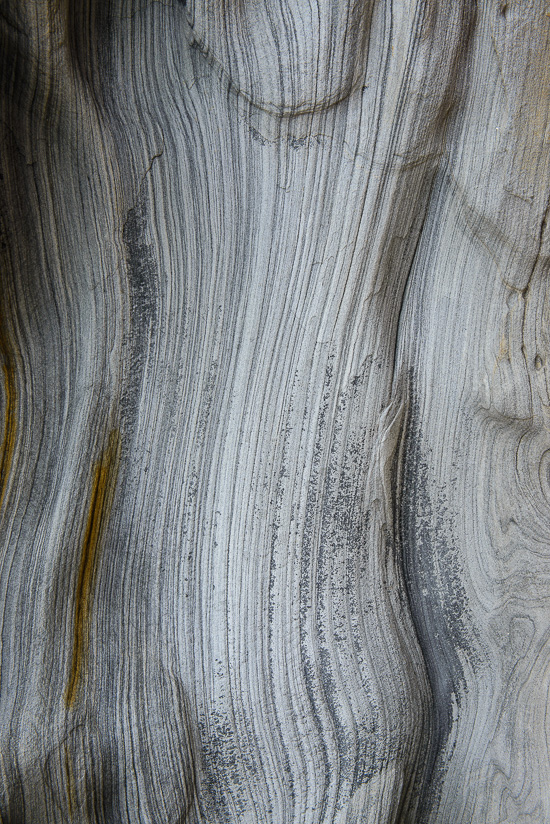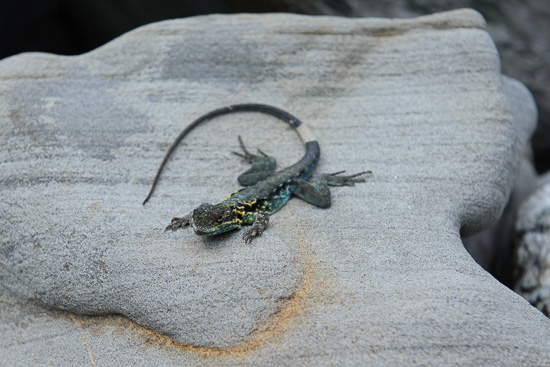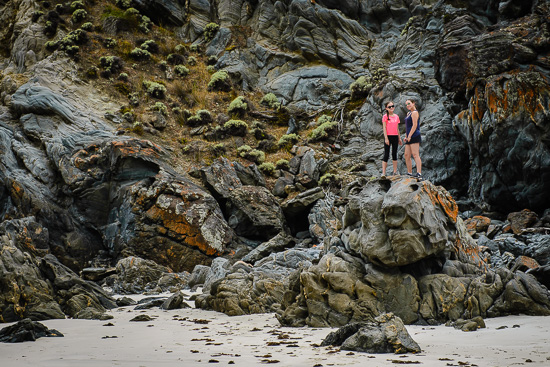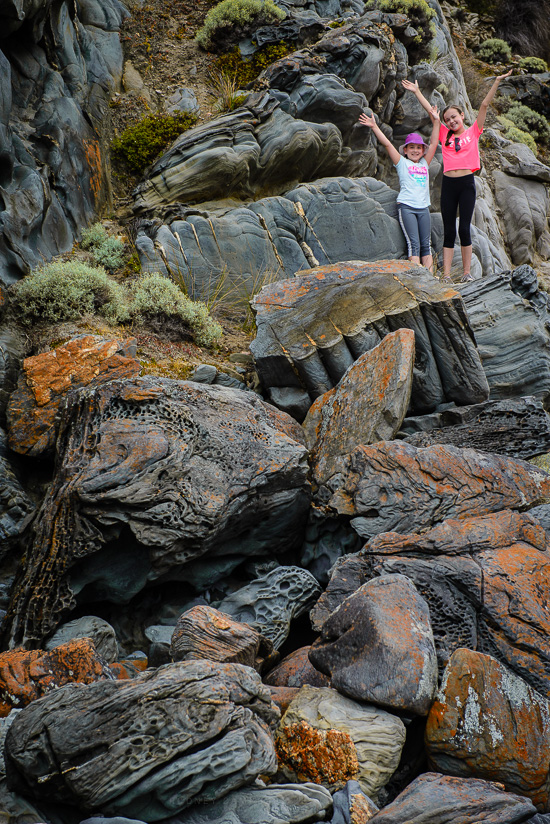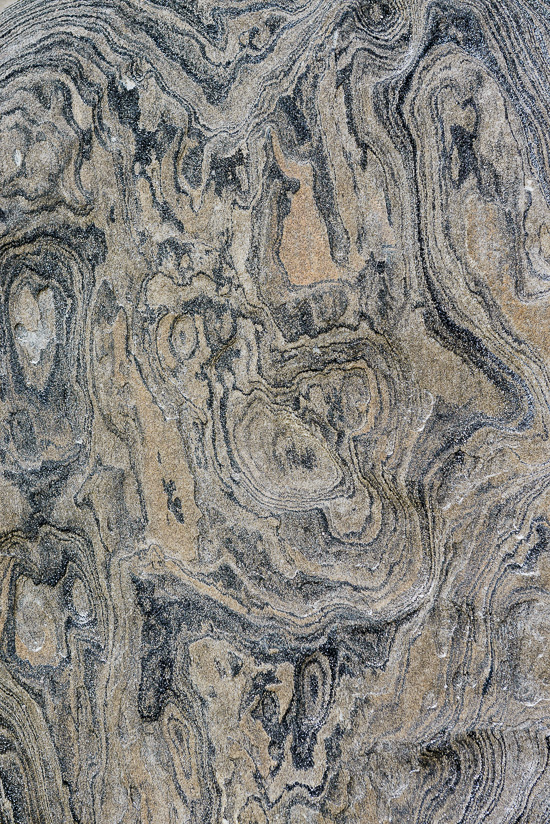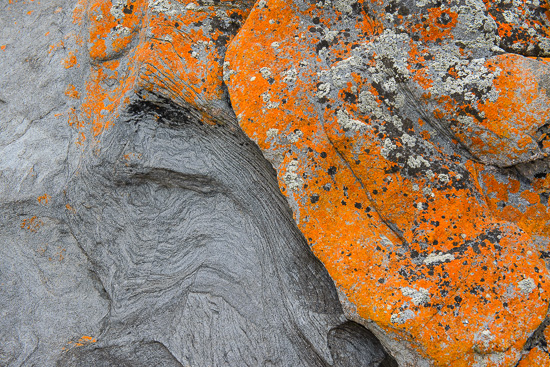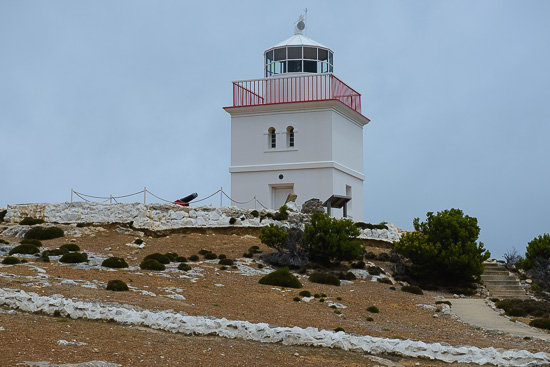Archive for May, 2015
Vivid Hits Chatswood…
by Rodney Campbell on May.20, 2015, under Life, Photography
It’s once again Vivid Sydney time. This year some new Precinct’s will be opening up (outside of the CBD) including one in my home area – Chatswood.
In a few days time the onslaught will begin – the crowds, the cameras and the cacophony of light and music which is all part of the amazing Vivid Festival each year here in Sydney.
Light Under the Sea
This year I’ll getting out of Sydney during the opening weekend 🙂 – however both before and after I know I’ll be drawn once again to joining those crowds and shooting those amazing light installations.
Last night I took my gear and headed into my local shopping district (Chatswood) where a number of light installations will be playing during Vivid (22nd May through to the 8th of June). I wanted to recce the area where the installations would be so I could get a better idea for where they were and work out some test compositions for when it was all lit up.
As luck would have it one of the people working on the projections was someone I knew and he was kind enough to light it all up for me and even better freeze frame some projections so I could shoot at a cleaner low ISO with longer exposures rather than having to shoot fast shutter and high ISO to freeze the animations.
The theme this year in Chatswood is an underwater aquarium feel and all the installations across Chatswood expand on that theme.
Whether it is one of the glowing oriental sea creatures brought to life with lighting (by 32 Hundred Lighting) as seen at the top of this post, or the underwater aquarium projected in the mall outside Chatswood Westfield.
Note: These images (especially the wider shots) look much better when larger – so click any of the images below to see larger versions in an inline overlay slideshow gallery viewer.
Norbert the Nautilus
It is however the fantastic projections (designed by the awesomely talented team at Ample Projects) onto the modern architecture of the Concourse building which steal the show in my opinion. It’s amazingly impressive how they’ve managed to wrap this piece of modern structure and is probably some of the best I’ve seen. The five minute loop is fantastic and definitely one for the young through to the young at heart to watch.
Dancing with Jellyfish
The Nautilus and the Sea tells the story of Norbert the Nautilus and his brave journey to find a new home. Trapped in a bleak world of discarded human refuse, Norbert lives in a homemade shell created out of lost objects. The surrounding environment is a stark, black and white underwater world fastidiously patrolled by Lieutenant Angler. Our hero breaks free, to embark on a perilous journey to discover a vast ocean, and a reef teeming with life.
Fishing
Rays
Cape Du Couedic Lighthouse…
by Rodney Campbell on May.19, 2015, under Life, Photography
Having just returned from Remarkable Rocks one evening, the light in the sky was looking interesting with a hint of colour around sunset (normally the skies here have been either completely overcast or completely clear around sunset and sunrise). A quick one minute walk from our stay to this spot overlooking the lighthouse around 8:30PM.
Cape Du Couedic Lighthouse
Sweet Light of Heaven…
by Rodney Campbell on May.17, 2015, under Life, Photography
Headed back over to Remarkable Rocks for my first sunrise there. Sunrise was due at 6:23AM this day so I was out on the rocks shooting just over half an hour beforehand.
It was a very grey overcast morning so I wasn’t expecting very much weather or colour wise. Still it was another opportunity to explore possible compositions at this amazing place.
Sunrise itself was a complete non-event – didn’t even see the sun – it just got slowly lighter grey. I was soon joined by another keen photographer and I’d see and speak to her again a few times here and at Admirals Arch over the next few days.
Caveman
I was still heavily drawn to the area of the rock on the eastern side where these amazing water worn contours curve up in lines towards the top where these two large rocks sit. The whole area is covered in the fabulous bright orange lichen which I’d now grown accustomed to – except in the areas where the water flowed in the bottom of the contours and washes the lichen and colour away. The interesting part about these huge rocks on this side is they have these sort of sheltered caves within them with windworn curved exteriors which overhang in interesting human featured shapes.
Note: These images (especially the wider shots) look much better when larger – so click any of the images below to see larger versions in an inline overlay slideshow gallery viewer.
For the image above I took eight (8) different bracketed exposures from -4EV to +2EV. In the end the 0EV image was correctly exposed and wasn’t at all clipped at either the highlight or shadows end. However as a continuing experiment with layer blending in photoshop I opened three of the exposures as layers (0EV, +1EV and -2EV) and blended various aspects of the three original exposures to create the final image. I used both manual mask blending as well as some luminosity mask techniques.
It was grey grey grey and I frankly despaired that the morning was a bust when more than an hour after sunrise (and we still hadn’t seen the sun yet) some interesting light was starting to happen.
The think heavy cloud above was just starting to break up with tiny rips and pockets in the sky. The two of us were still the only ones here – it was before 8AM after all :).
Finally at 7:40AM great slashes of light were poking through the clouds from above as the sun rose above the heavy cloud across the whole sky. It was a glorious sweet light and whilst the bulk of the land and sea below was still bathed in soft even light the tears in the sky were staring to form and amazing patches of light were beaming down all over the landscape. It was god rays and pools of golden sweet light from heaven all over the place. Finally things were looking up.
With this amazing light the colours of the sea were amazing – this rich luminescent turquoise blue. Even the orange lichens were given a boost in this light.
On Rails
Whilst it lasted I simply spent time making compositions which used the ribbons of sweet light in the sky along with the contours and curves in the rock at my feet.
Curved Essence
Rivers of Light
Offset Curves
I even managed a few selfies later on whilst the god rays were popping down from above right out on the horizon out to sea. I must say I was really pleased with how these two images turned out (as landscapes in and of themselves and also as obligatory selfies :)).
For the selfies I used manual layer blending techniques again to deal with the contrast differences and mainly to bring a little light onto the git standing in the frame who was somewhat in silhouette due to the light being mostly behind him :).
Remarkable Light
For this one I’ve backed into one of the cavelike parts of one of the large remarkable rocks so that the front edge of the overhanging rock forms a silhouette windows to the amazing view beyond. I particularly liked how it even had this little window hole in the thin outer shell. My daughter says it almost looks like the dark framing has been pasted onto the image (even though she’s been there and we did one like this in the same spot with my girls the next morning :)). I assure you however this is how it was as shot in camera :).
Sweet Light Above
Then it was almost over – time for one more shot before the skies filled in and went grey again. This last shot is probably my favourite from this time.
Light Shows
Amanita Muscaria…
by Rodney Campbell on May.15, 2015, under Life, Photography
When I was last up at Mount Wilson shooting autumn colour a number of years ago I’d found these fantastic magical toadstools growing on the side of the road. If ever there was a definition of a mystical fairy glen it would be surrounded with these Amanita Muscaria (or Fly Agaric) fungi.
One of the amazing things about these fungi are how large they are. The ones I took images of here are perhaps just a couple to ten centimetres across but last time I was here I found this enormous one just about large enough for my youngest daughter at the time to sit on like a real fairy stool.
Faerie Glen
So as I was heading to Mount Wilson again to shoot fall colour I packed my macro lens on the chance I would get to find and shoot some of these beauties once again.
So as Deb and I were leaving Mount Wilson at the end of an interesting morning of shooting colour and waterfalls I stopped once again on the side of the road where I’d found these a couple of years back. Once again that same stretch of grass and trees held these amazing little beauties.
This time however with new found skills I’ve taken a sequence of manually adjusted frames for later focus stacking. For all of these final images I’ve:
– locked my camera down on a tripod with my chosen composition.
– placed my large (about 1m wide) trigrip diffuser panel over the fungi and the area behind it to provide a nice soft wash of even light.
– placed my camera bag between the sun and the grass behind in the background so as to shadow the area more to naturally darken the background.
– then in manual exposure mode I’ve taken a sequence of shots each time slightly adjusting the focus ring on the macro lens to shift the focus in slices through the Amanita Muscaria fungi – I start with the focus slightly in front of the closest part of the fungi and move in tiny steps all the way through to just past the furthest point I want in focus.
– later in post processing I do some minor synchronised adjustments to the frames and then focus stack the images and with some touchups afterwards for any errors in stacking we have these final results.
The first image above is a focus stack of eighteen (18) images and was my favourite toadstool find (thankyou Deb).
The image below is a focus stack of twenty eight (28) frames.
Amanita Muscaria
To give you an idea what sort of a difference focus stacking can make to the final result below is an image taken stopped way down to f/45.
This single image taken stopped way down to f/45 gives good depth of field which almost but not quite covers the Amanita Muscaria toadstool. It’s nice but you can also see that the background is unbelievably distracting and messy. The focus stacked version gives you a nice sharper image right across the subject whilst also giving you that sweet smooth background blur (bokeh) equivalent of shooting with a much more open aperture (like f/5.6 in this case).
Lastly this was actually the first Amanita Muscaria we found and shot this day – a larger older specimen which was getting past it’s prime.
Faerie Bite
Cape Borda and Harvey’s Return…
by Rodney Campbell on May.13, 2015, under Life, Photography
Today we decided to take the long drive out to Cape Borda Lighthouse. Cape Borda is a headland located on the north west tip of Kangaroo Island in South Australia.
Sinuous Expressions
Note: These photographs (especially the wider shots) look much better when larger – so click any of the images below to see larger versions in an inline overlay slideshow gallery viewer.
On the drive there we took the Shackle Road between the Flinders Chase Visitor Centre and Cape Borda.
Though we didn’t stop at most of the places along the way we basically followed the Shackle Road Self-Guided Drive.
It’s rough dirt road for the whole trip and it’s quite long so the girls didn’t really enjoy the trip itself.
One place we did stop at on the way was a place called Harveys Return just off the road out to Cape Borda.
Reptiles Return
It’s a steep (very very steep – almost cliff like) but rewarding hike (1 kilometre return) to the tiny cove originally known as Murrells Landing.
In 1834 the cove became known as Harveys Return and it is the nearest landing site to Cape Borda Lightstation. Much of the material used to build the lighthouse was landed at Harveys Return in 1858. In 1859 provision was made for a double track and trolleys down the steep incline with a horse-drawn winch near the top.
The sea to land transfer of goods continued to be a dangerous and hazardous affair, until the site was finally abandoned around 1928. Relics of the landing apparatus are still visible today, including the base of a derrick crane that was erected atop a rocky platform in 1923, with an additional connecting rail.
At the cove at the bottom there’s a little sand beach surrounded by high cliffs of amazing coloured rock formations. The shapes of the rocks are all twisted and amazing and then many of the rocks themselves are striped within.
The girls enjoying themselves exploring the amazing rocks.
Harveys Return
Yay
Spectacular outcrops of tightly folded, thinly bedded schists (known as zebra schists due to its bands of colours) can be seen at the base of the cliffs. A 400 metre section of this coastline has been designated as a “geological monument” by the Geological Society of Australia.
Zebra Schist
And as if the amazing rocks weren’t enough we again had the fantastic golden orange lichen and colourful plants as well. A cornucopia of colours and textures.
Contrasts
The Cape Borda Lighthouse is the only square stone lighthouse in South Australia and apparently is technically the only “real” lighthouse left on the island (all the others have been converted to automated beacons). Because the headland here is so high the lighthouse itself had to be built quite squat and low so that it wouldn’t be too high above the sea.
Cape Borda Lightstation
We went on the lightstation tour here which was very good – our guide was fantastic. And because we went on the 12.30PM tour (we’d planned it this way) we also got to see (and hear) the cannon firing :).
